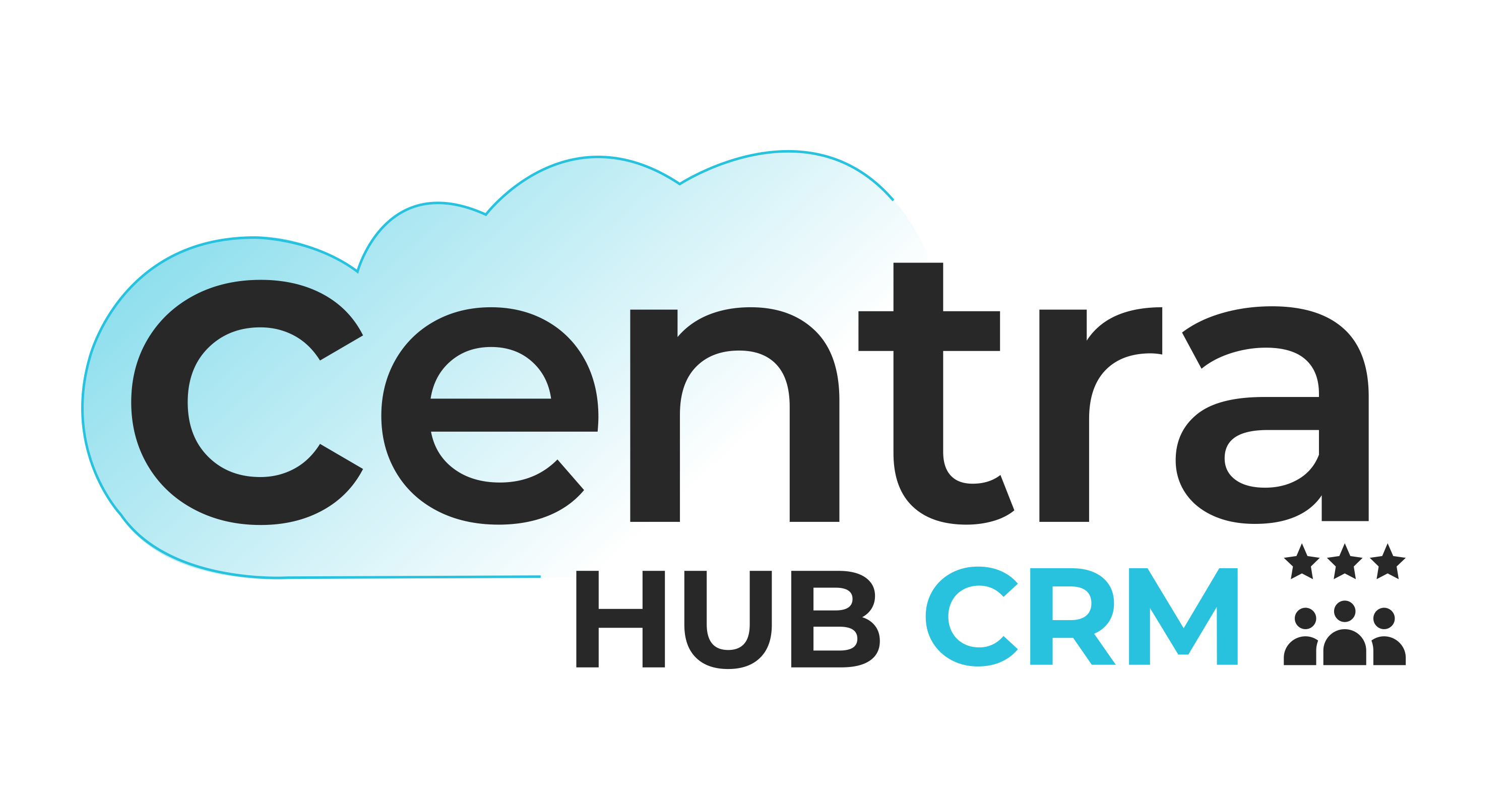Integrating ERP with External Business Systems: Know the Steps Involved
Define clear objectives and scope
Begin by defining clear integration objectives and the scope of the project. Identify the specific external systems that need to be integrated with your ERP and the desired outcomes. This could include improving data accuracy, reducing manual data entry, enhancing real-time reporting, or streamlining order processing. A well-defined scope ensures the integration process remains focused and aligned with your business goals.
Select the right system for integration approach
Selecting the right tool for integration is critical. Carefully assess your requirement, compatibility, functionality, and scalability of the system to ensure it aligns with your organization's needs and long-term goals. Consider data formats, security measures, and integration capabilities to make an informed decision that will drive seamless data flow and efficient processes across the integrated systems.
Ensure data compatibility and standardization
Data compatibility and standardization are paramount for seamless external business systems integration. Before initiating the integration process, ensure data formats, fields, and conventions are aligned between the ERP and external systems. This prevents data discrepancies and enables smooth data exchange between the systems, maintaining data integrity across the organization.
Implement robust data security measures
Securing data during integration is crucial to protect sensitive information from unauthorized access and breaches. Implement robust data security measures like encryption, user access controls, and secure authentication protocols. Regularly monitor data access logs and conduct security audits to ensure compliance with data protection regulations.
Address data quality and cleansing
Data quality is fundamental for accurate decision-making. Before integration, perform thorough data cleansing and validation to remove duplicates, inaccuracies, and inconsistencies. Regularly update and maintain data to ensure accuracy, reliability, and relevance in supporting business processes.

Establish clear communication protocols
Effective communication between the ERP and external systems is vital for data synchronization. Define clear communication protocols, data exchange frequency, and error-handling procedures. Establishing efficient communication channels ensures data flows seamlessly between systems, minimizing disruptions and delays.
Conduct rigorous testing
Thorough testing is critical to identify and rectify any integration issues before going live. Conduct unit testing, integration testing, and end-to-end testing to validate data accuracy and system functionality. Testing also helps in gauging system performance under different scenarios and load conditions.
Provide user training and support
User training and support are essential to ensure a smooth transition to the integrated system. Offer comprehensive training sessions to users, helping them understand the new processes and functionalities. Provide ongoing support to address any queries or ERP integration challenges users face during and after the integration process.
Monitor and optimize performance
Right data integration strategies include continuous monitoring of system performance, and data flow to identify potential bottlenecks and areas for optimization. Regularly review integration processes and adapt to changing business needs. This proactive approach helps maximize the benefits of ERP integration and maintain a competitive edge.
Leverage real-time reporting and analytics
One of the key advantages of ERP integration with external systems is gaining real-time insights into business performance. Leverage reporting and analytics capabilities to access accurate and timely data, enabling data-driven decision-making across the organization. Utilize these insights to identify trends, make informed choices, and respond quickly to market changes.
Conclusion
Integrating ERP with other business-critical systems can present challenges but is essential for an agile, insights-driven organization.
Are you looking for an ERP vendor who can help you get an integrated ERP system without hassle? We’re here to help. Fill in the form to get started.







